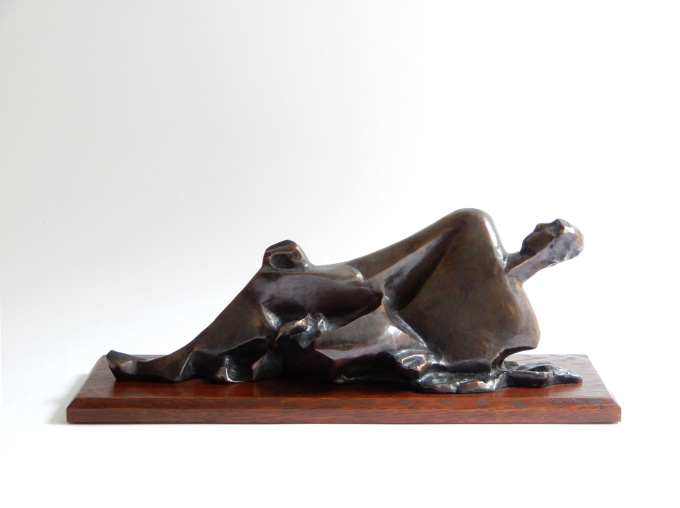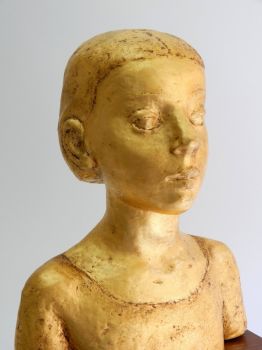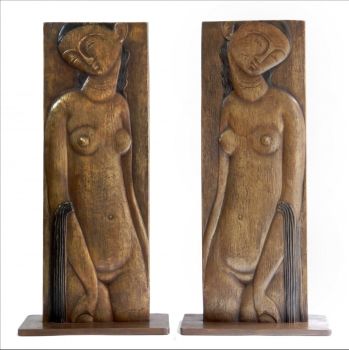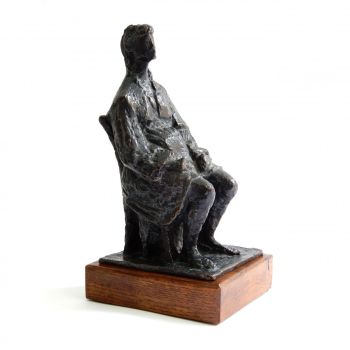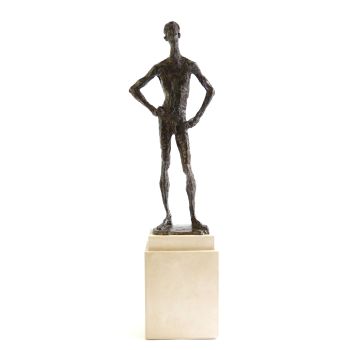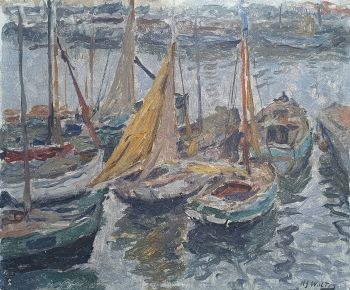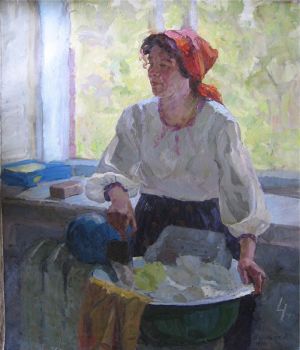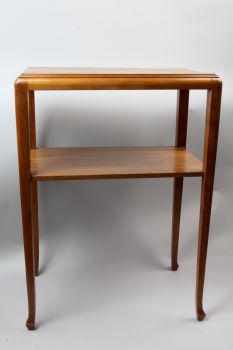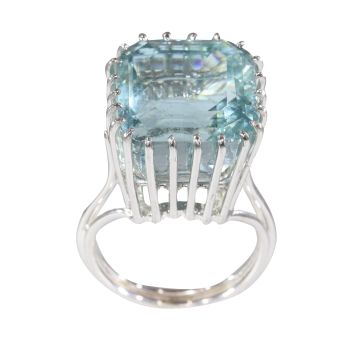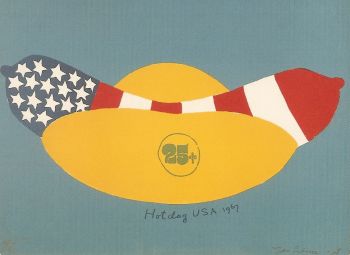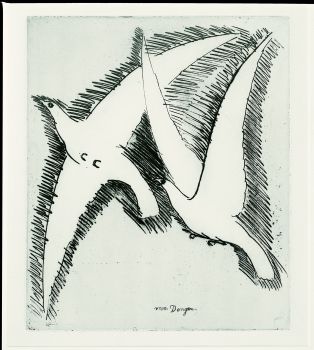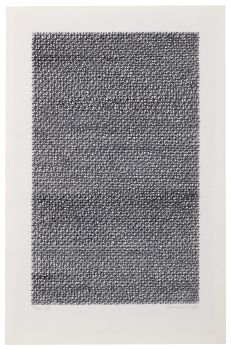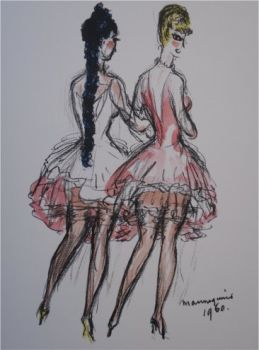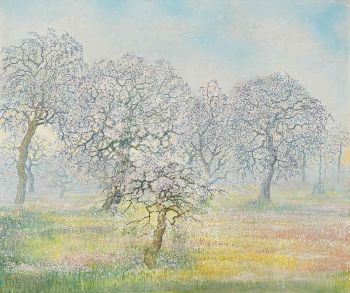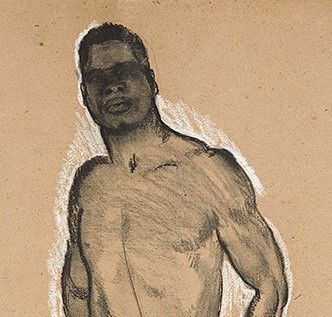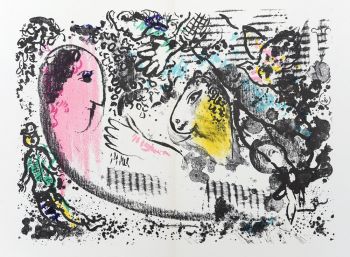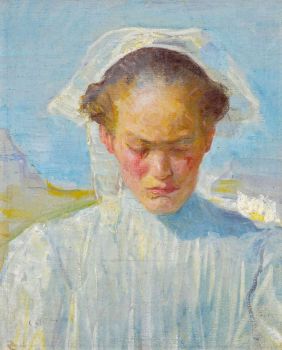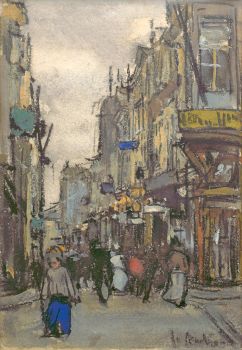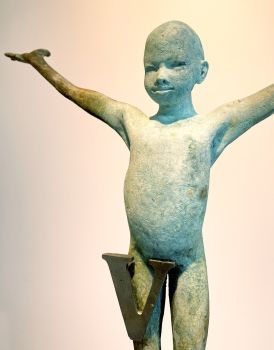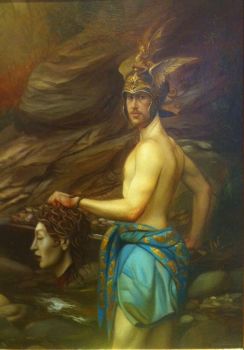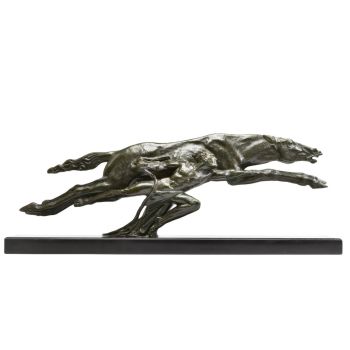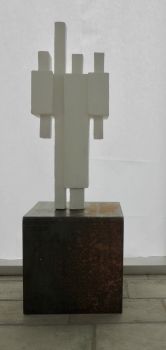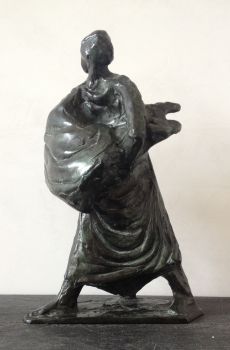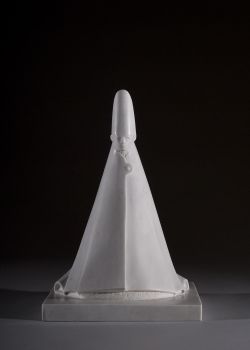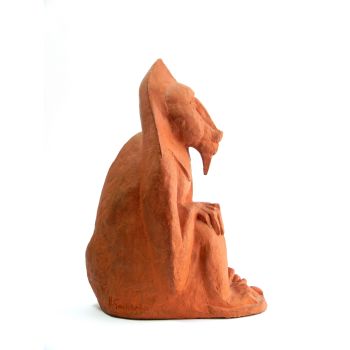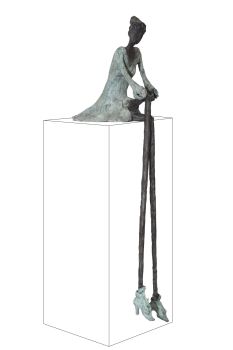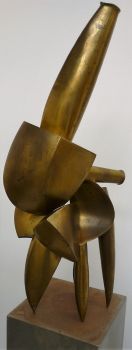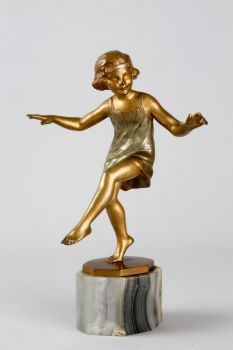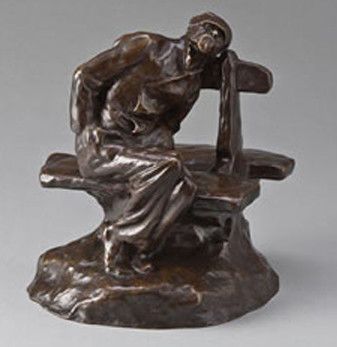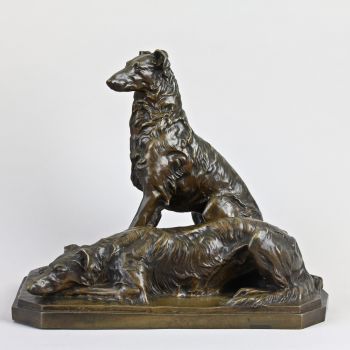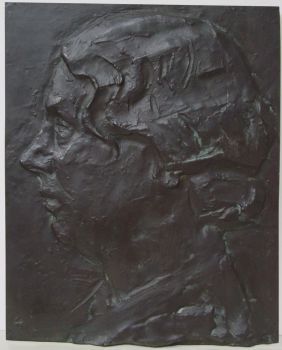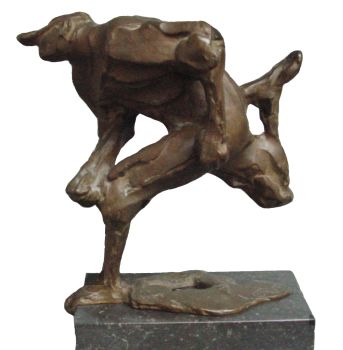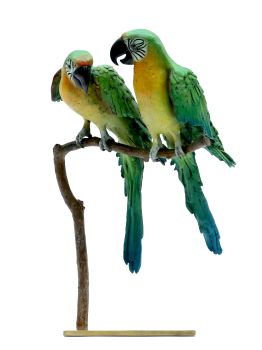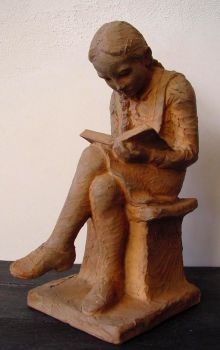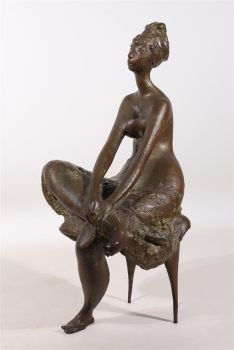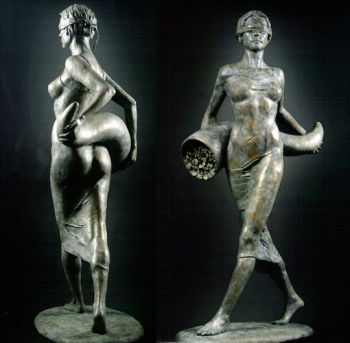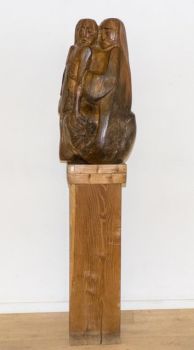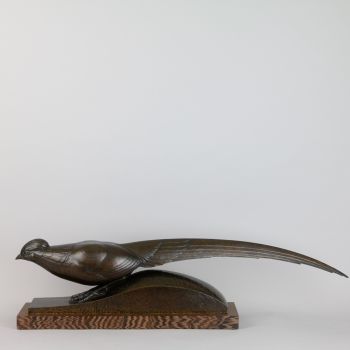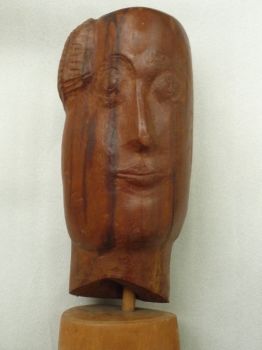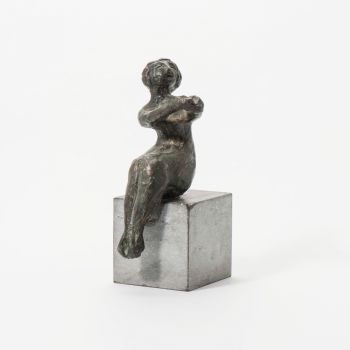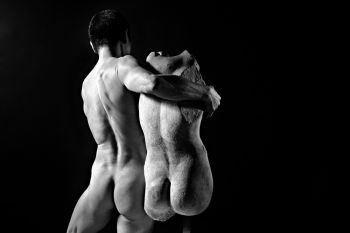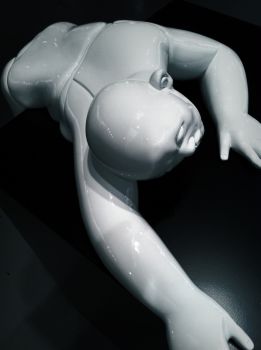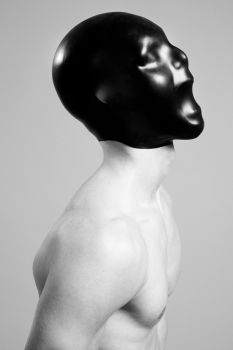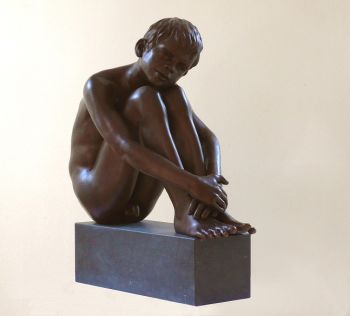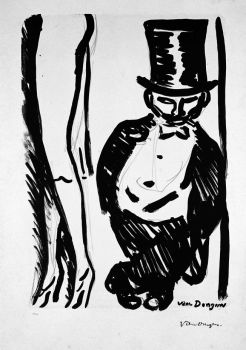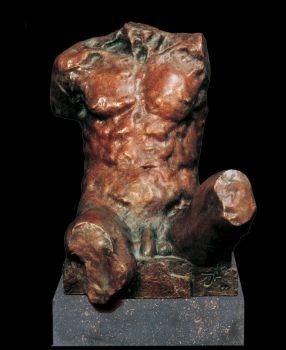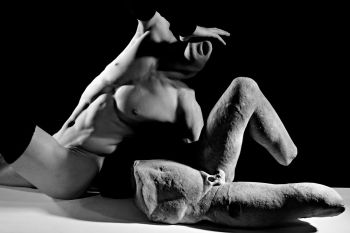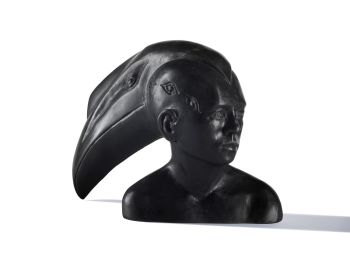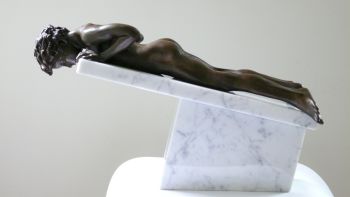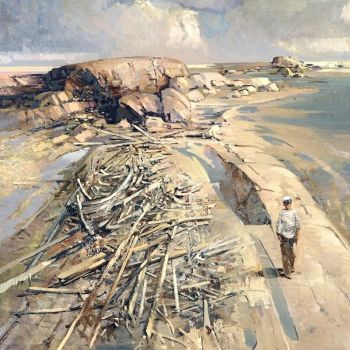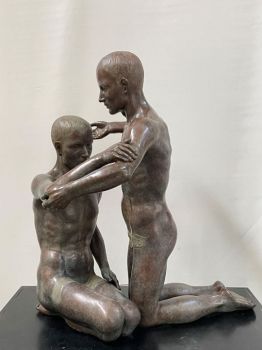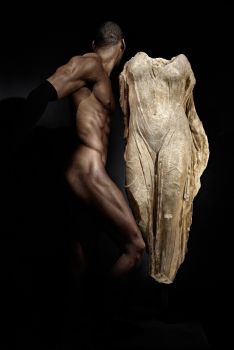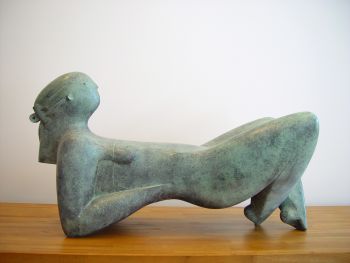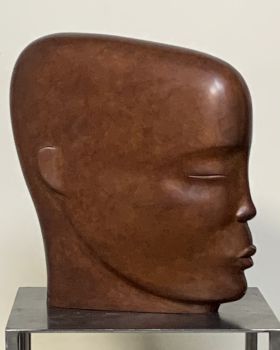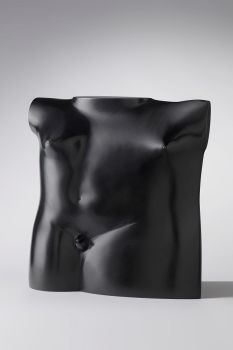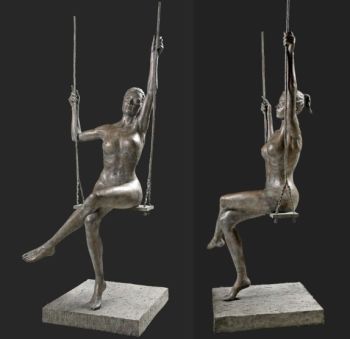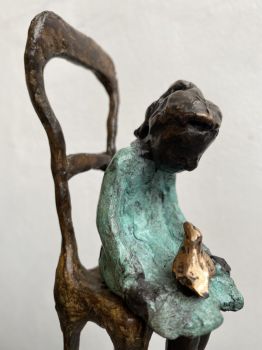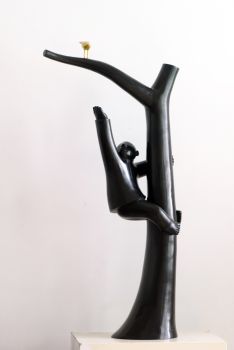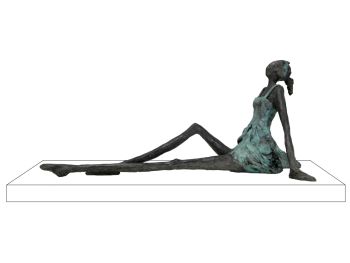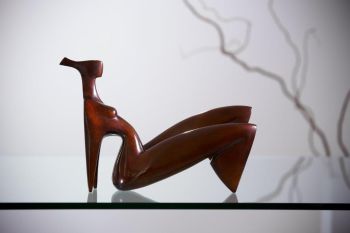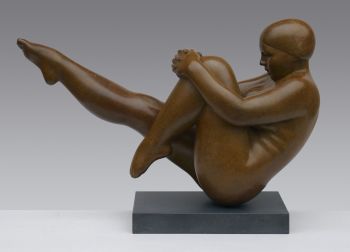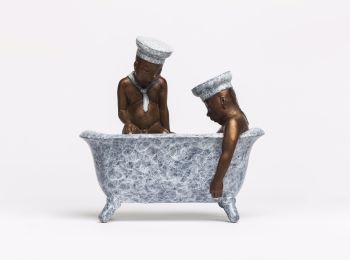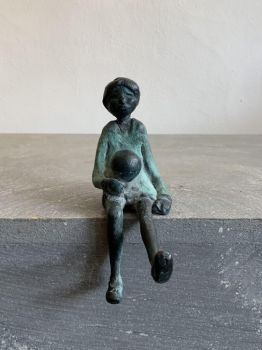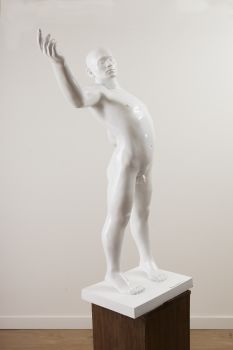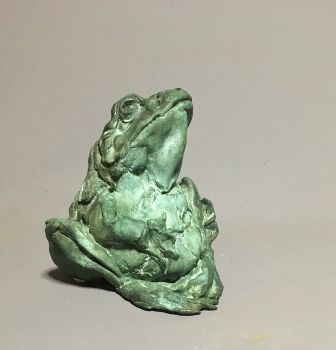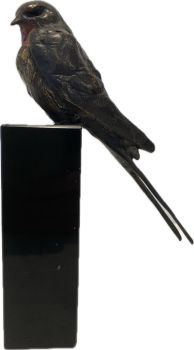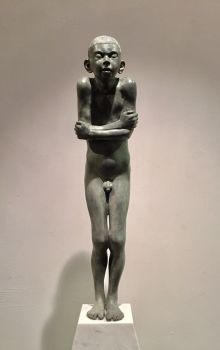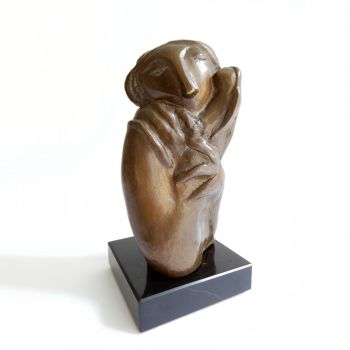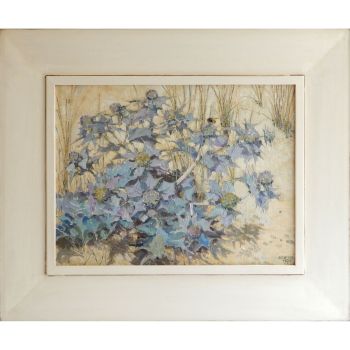Reclining cubist man 1932
Léon Indenbaum
BronzeMetal
14 ⨯ 40 ⨯ 12 cm
ConditionExcellent
Preço em pedido
Dille Art
- Sobre arteBeautiful cubist sculpture of a reclining man, cast in bronze. It is a design by Léon Indenbaum from 1932. This sculpture was cast posthumously by the family in a small exclusive edition. This is number 5/8.
The sculpture is extensively signed with number and stamp of the foundry. It is cast cire perdue (lost wax technique); 'Inden', 'Barthélemy' and '5/8'.
The family had this sculpture cast in bronze posthumously, because the family believes that their grandfather's sculptures should be seen, they want to give the name Indenbaum the attention and fame it deserves, in their opinion. Léon Indenbaum is known to connoisseurs and is inextricably linked to the Ecole de Paris. Yet they only want to sell a few works, to a very limited extent.
These posthumous sculptures are therefore a first and also the last edition of a maximum of 12. Each sculpture is numbered and officially registered, maximum 8 are numbered 1-8 and four of them are signed EA I to EA IV. (EA stands for Epreuve d'Artiste). This is number 5/8. They cast every sculpture one by one, at the moment only 5 examples exist. More than 12 examples will not be cast either.
This work also includes an official certificate signed by Léon Indenbaum's grandson. This sculpture with certificate is also registered with ADAGP (Société des authors dans les arts graphiques et plastiques) in Paris.
Biography:
Leon Indenbaum (Tcherikov, now Belarus, 1890 - Opio, 1981), was a Russian/French sculptor who belonged to the group of artists of the École de Paris. His art was innovative, inspired by the classics, but also by African art, the Cubism and Expressionism.
Léon Indenbaum grew up in the shtetl (Eastern European Jewish village) Tcherikov, with his grandfather, who was a bookbinder of art books. After primary school, he was educated as a woodworker. The director of that school thought he was so talented that he arranged for him to attend the Academy of Decorative Arts in Vilnius.
After this training, Indenbaum wanted more and was admitted to the Imperial Academy in Odessa. He went through it for a few years until he crossed a wrong box on a form, he had accidentally signed for 5 years military service in the Imperial Army.
He already had contacts with an artist friend who was in Paris, where so much was happening in the field of art.
Indenbaum managed to escape from Vilnius with the help of an engineer and arrived in Paris in March 1911.
He ended up in 'La Ruche' in Montparnasse, a kind of artists' village.
La Ruche was a circular building, it served as a wine pavilion at the 1900 World's Fair, and was rebuilt by the successful artist Alfred Boucher. Boucher wanted to give poor artists a chance to devote themselves completely to their art. La Ruche was a large round building full of studio apartments, each room had the shape of a slice of pie, in the point a space for a kitchen and storage and above the door was a small loft where you could sleep, often such a studio also had to be shared.
Indenbaum got a studio on the 2nd floor, next to Chagall, who, like himself, had also just arrived from Russia. Indenbaum lived in La Ruche until 1927.
He did have a second studio in Montparnasse for a while.
In total, about 200 artists lived in La Ruche, many of them were from Eastern Europe and many of them were Jewish. Some of them have become world famous with their art, think of Chaïm Soutine, Ossip Zadkine, Jacques Lipschitz, Chana Orloff, Michael Kikoïne, Moïse Kisling , Amadeo Modigliani to name a few.
From 1911 to 1919, Indenbaum studied
sculpture at the Académie La Grande Chaumière, his mentor was the sculptor and painter Antoine Bourdelle, first as a student, later also as his assistant.
In 1912 Indenbaum already exhibited at the Paris Salon d'Artistes Indépendents, he was very poor and his choice of materials was cheap. Jacques Doucet, the great art collector and famous couturier, saw a bust of Indenbaum and summoned him to his home, he wanted the same bust made in a different material, Indenbaum managed to get a piece of onyx.
Doucet was very pleased and asked Indenbaum to make a relief for his round dining room. Indenbaum received 1000 francs per month. Indenbaum had found his patron.
He made one of his most impressive reliefs, entitled 'Musiciens et antelopes' from 1914, made of pink onyx. It was auctioned at Christie's in 2004 for 3.3 million euros.
Besides Jacques Doucet, the couturier René Poiret, the bankers George and Marcel Bénard and the decorator, designer and collector Marcel Coard were regular customers of Léon Indenbaum's sculptures and reliefs.
Léon fell in love with Céline Hénin, she became his muse and his wife, at the end of 1914 they had a daughter, Dinah. Indenbaum was doing well. He had many friends, such as the artists Chaim Soutine, Amadeo Modigliani, with whom he also shared a studio for a period, Tsuguharu Foujita, Chana Orloff, Michael Kikoïne, and Diego Rivera.
Amadeo Modigliani and Diego Rivera both portrayed Indenbaum in 1913 and 1916. Indenbaum himself also portrayed several of his friends. It was the happiest period of his life.
With the stock market crash of 1929, life became much more difficult, people lost their fortunes and could no longer afford works of art. The political situation in France also changed.
The artists from La Ruche and Montparnasse were mostly migrants, at the Paris Salon they were not allowed to exhibit their work among the French artists, an art critic, André Warnod, had given them the nickname 'École de Paris', to show that this innovative avant-garde garde art was also French art. In the 1930s this name was used derogatorily, they were looked down upon, their art was called depraved and because many of them were Jewish, there was also anti-Semitism. They were ignored in the press and in the late 1930s they were no longer allowed to exhibit.
Some artists went abroad. When the war broke out, many had to flee or go into hiding. Indenbaum also had to leave Paris in a hurry. He found a hiding place in a village in the Seine et Marne, where he always got his clay. He was lucky and survived the war, more than 60 percent of the Jewish artists in La Ruche died in the camps.
After the war, Indenbaum settled in Paris again. His studio had been looted and what was left was sometimes destroyed. He lived a very withdrawn life. He had already been separated from Céline before the war, his daughter lived in the south of France. His friends had either not survived the war or had become much too commercial in his view.
He never wanted to commit to a gallery, he felt that he sold his soul, his independence as an artist was at stake, the result was that he was ignored by a large part of the art world. His now famous friends had signed and they were doing well.
Indenbaum wanted nothing more than to work in complete freedom, but in doing so he made it very difficult for him self. He also refused, for example, major commissions from the French state for work on monuments and facades of special buildings.
He was, however, one of the founders of the "Groupe des neuf", a group of nine sculptors who gathered on November 11, 1963 at the statue of Balzac on Avenue Raspail, made by Auguste Rodin.
It was a tribute. They wanted to create a monument to French post-war figurative sculpture at a time when American art was beginning to take over.
The 'Groupe des neuf' consisted of Jean Carton, Paul Cornet, Raymond Corbin, Marcel Damboise, Léon Indembaum, Léopold Kretz, Raymond Martin, Gunnar Nilsson and Jean Osouf. It was a success, there were several exhibitions ofthe group, including in Musée Rodin, a total of 22 sculptors joined the group.
In 1968 Indenbaum received the prestigious Prix de sculpture Georges Wildenstein, from the Institut de France, for his entire oeuvre. In the same year he decided to move to his daughter in Opio. He died at the age of 91. A long life entirely devoted to creating art.
Léon Indenbaum's work can be seen in various museums, including in the United States, Switzerland, Russia, Belarus, Israel and of course in France. Sometimes his work is also auctioned at the major auction houses such as Christies, Sotheby's and MacDougall in London. - Sobre artista
Léon Indenbaum (Tcherikov, atual Bielo-Rússia, 1890 - Opio, 1981), foi um escultor russo / francês pertencente ao grupo de artistas da École de Paris. A sua arte foi inovadora, inspirada nos clássicos, mas também na arte africana, cubismo e expressionismo.
Indenbaum cresceu no shtetl (aldeia judaica do Leste Europeu) Tcherikov, com seu avô, que era encadernador de livros de arte. Após a escola primária, ele se formou como marceneiro. O diretor daquela escola achou que ele era tão talentoso que conseguiu que ele frequentasse a Academia de Artes Decorativas de Vilnius.
Após este treinamento, Indenbaum queria mais e foi admitido na Academia Imperial de Odessa. Ele passou por isso por alguns anos até que ele marcou uma caixa errada em um formulário, ele havia acidentalmente assinado por 5 anos de serviço militar no Exército Imperial. Já tinha contactos com um amigo artista que se encontrava em Paris, onde tanta coisa se passava na área das artes. Indenbaum conseguiu escapar de Vilnius com a ajuda de um engenheiro e chegou a Paris em março de 1911.
Ele acabou em 'La Ruche' em Montparnasse, uma espécie de vila de artistas. La Ruche era um edifício circular, serviu como pavilhão do vinho na Feira Mundial de 1900 e foi reconstruído pelo artista de sucesso Alfred Boucher. Boucher queria dar aos pobres artistas a chance de se dedicarem totalmente à sua arte. La Ruche era um grande prédio redondo cheio de apartamentos tipo estúdio, cada cômodo tinha o formato de uma fatia de torta, no ponto um espaço para cozinha e depósito e acima da porta havia um pequeno loft onde você podia dormir, muitas vezes um estúdio assim também precisava ser compartilhado.
Indenbaum conseguiu um estúdio no 2º andar, ao lado de Chagall, que, como ele, também acabara de chegar da Rússia. Indenbaum viveu em La Ruche até 1927. Ele teve um segundo estúdio em Montparnasse por um tempo.
No total, cerca de 200 artistas viviam em La Ruche, muitos deles eram da Europa Oriental e muitos deles eram judeus. Alguns deles se tornaram mundialmente famosos com sua arte, pense em Chaïm Soutine, Ossip Zadkine, Jacques Lipschitz, Chana Orloff, Michael Kikoïne, Moïse Kisling, Amadeo Modigliani, para citar alguns.
De 1911 a 1919, Indenbaum estudou escultura na Académie La Grande Chaumière com o escultor e pintor Antoine Bourdelle, primeiro como estudante, depois também como seu assistente.
Em 1912, Indenbaum já expunha no Paris Salon d'Artistes Indépendents, era muito pobre e a sua escolha de materiais era barata. Jacques Doucet, o grande colecionador de arte e famoso costureiro, viu um busto de Indenbaum e chamou-o para sua casa, ele queria o mesmo busto feito em um material diferente, Indenbaum conseguiu um pedaço de ônix. Doucet ficou muito satisfeito e pediu a Indenbaum que fizesse um alívio para sua sala de jantar redonda. Indenbaum recebia 1000 francos por mês. Indenbaum havia encontrado seu patrono. Ele fez um de seus relevos mais impressionantes, intitulado 'Musiciens et antelopes' de 1914, feito de ônix rosa. Foi leiloado na Christie's em 2004 por 3,3 milhões de euros.
Além de Jacques Doucet, o costureiro René Poiret, os banqueiros George e Marcel Bénard e o decorador, designer e colecionador Marcel Coard eram clientes regulares das esculturas e relevos de Léon Indenbaum.
Léon se apaixonou por Céline Hénin, ela se tornou sua musa e sua esposa, no final de 1914 eles tiveram uma filha, Dinah. Indenbaum estava indo bem. Teve muitos amigos, como os artistas Chaim Soutine, Amadeo Modigliani, com quem também dividiu um estúdio por um período, Tsuguharu Foujita, Chana Orloff, Michael Kikoïne e Diego Rivera.
Amadeo Modigliani e Diego Rivera retrataram Indenbaum em 1913 e 1916. O próprio Indenbaum também retratou vários de seus amigos. Foi o período mais feliz de sua vida.
Com a quebra da bolsa de valores em 1929, a vida tornou-se muito mais difícil, as pessoas perderam suas fortunas e não podiam mais comprar obras de arte. A situação política na França também mudou. Os artistas de La Ruche e Montparnasse eram na sua maioria migrantes, no Salão de Paris não podiam conviver com os artistas franceses, um crítico de arte, André Warnod, deu-lhes o apelido de 'École de Paris', para mostrar que este inovador a arte de vanguarda também era arte francesa. Na década de 1930 esse nome era usado depreciativamente, eles eram desprezados, sua arte era chamada de depravada e, como muitos deles eram judeus, havia também o anti-semitismo. Eles foram ignorados pela imprensa e no final da década de 1930 não tinham mais permissão para expor. Alguns artistas foram para o exterior. Quando a guerra estourou, muitos tiveram que fugir ou se esconder. Indenbaum também teve que deixar Paris às pressas. Ele encontrou um esconderijo em uma vila no Seine et Marne, onde sempre pegava sua argila. Ele teve sorte e sobreviveu à guerra, mais de 60 por cento dos artistas judeus em La Ruche morreram nos campos.
Após a guerra, Indenbaum estabeleceu-se novamente em Paris. Seu estúdio havia sido saqueado e o que restava às vezes era destruído. Ele viveu muito retraído. Ele já havia se separado da Céline antes da guerra, sua filha morava no sul da França. Seus amigos não sobreviveram à guerra ou se tornaram muito comerciais em sua opinião.
Ele nunca quis se comprometer com uma galeria, sentiu que vendeu sua alma, sua independência como artista estava em jogo, o resultado foi que ele foi ignorado por grande parte do mundo da arte. Seus amigos, agora famosos, haviam assinado e estavam indo bem. Indenbaum não queria nada mais do que trabalhar em completa liberdade, mas, ao fazê-lo, jogou seus próprios óculos. Ele também recusou, por exemplo, grandes encomendas do Estado francês para obras em monumentos e fachadas de edifícios especiais.
Em 1968 Indenbaum recebeu o prestigioso Prix de sculpture Georges Wildenstein, do Institut de France, por todo o seu trabalho. Nos últimos anos, ele morou com sua filha em Opio. Ele morreu com 91 anos. Uma longa vida inteiramente dedicada à criação de arte.
O trabalho de Léon Indenbaum pode ser visto em vários museus, incluindo nos Estados Unidos, Suíça, Rússia, Bielo-Rússia, Israel e, claro, na França. Às vezes, seu trabalho também é leiloado nas principais casas de leilão como Christies, Sotheby's e MacDougall em Londres.
Você está interessado em comprar esta obra de arte?
Artwork details
Related artworks
- 1 - 4 / 5
- 1 - 4 / 24
Lambertus Zijl
Portrait of Juliana, queen of the Netherlands (1948-1990)1900 - 1950
Preis auf AnfrageKunsthandel Pygmalion
Klaas II Mobach
Hanna Mobach, daughter of the sculptor Klaas Mobach, reading1950 - 1970
Preis auf AnfrageKunsthandel Pygmalion
1 - 4 / 24- 1 - 4 / 24
- 1 - 4 / 24
Unbekannter Künstler
Japanese art deco lacquervase with Scarab beetle motif1920 - 1950
Preis auf AnfrageDille Art
1 - 4 / 12

